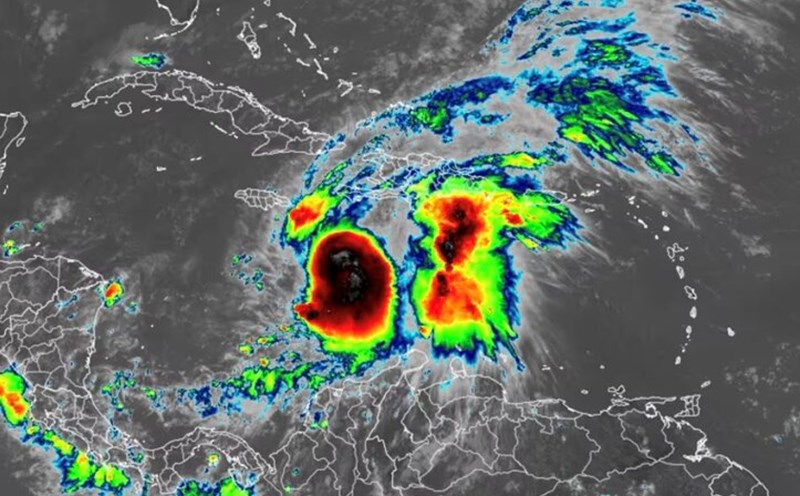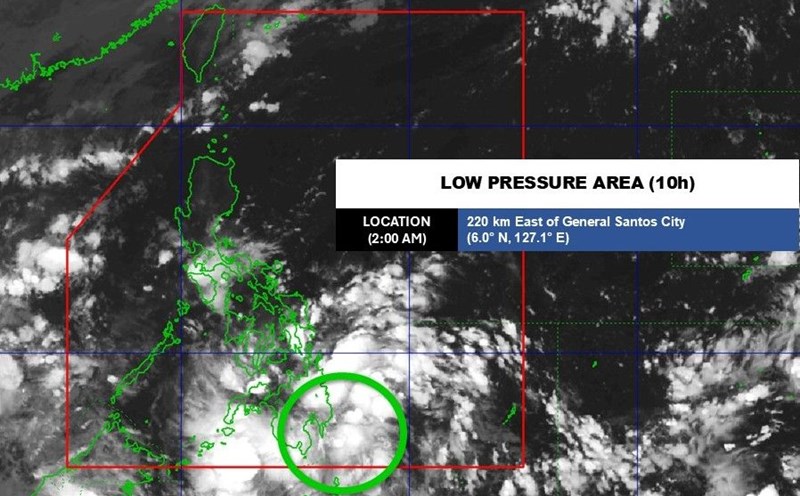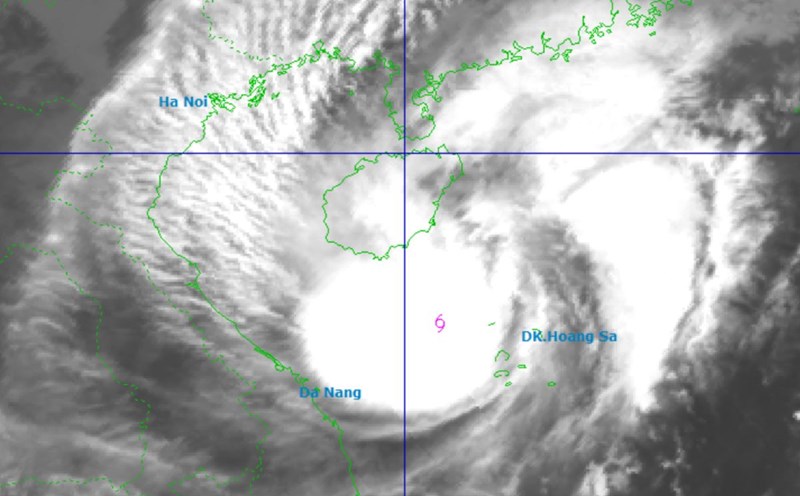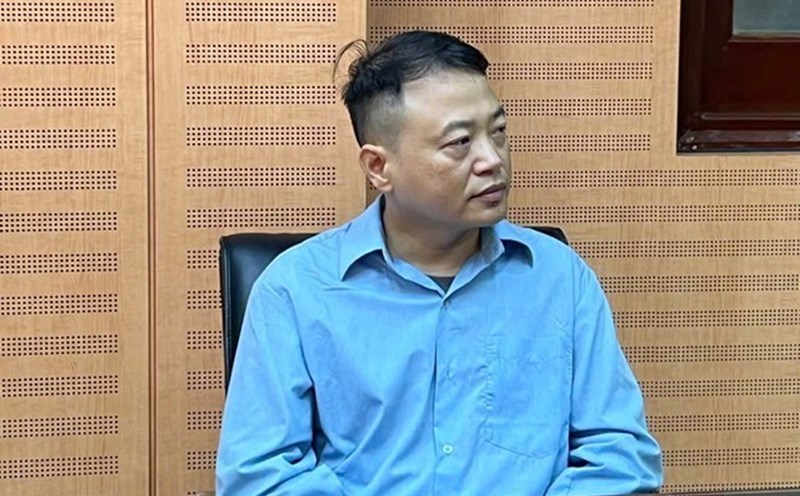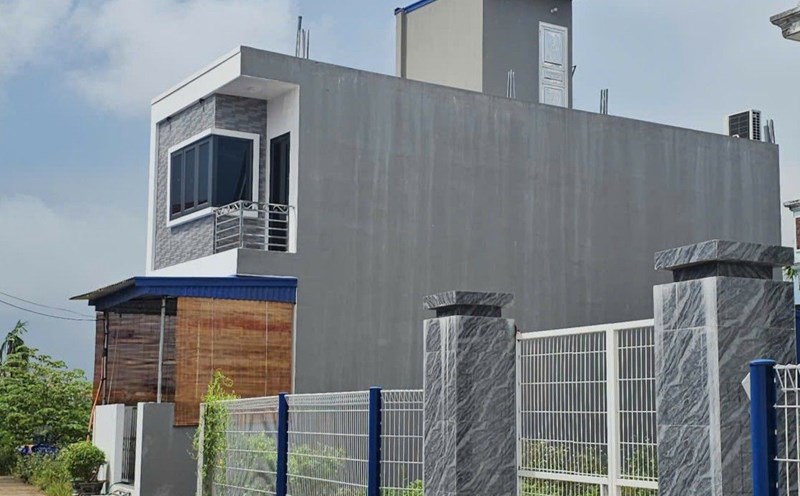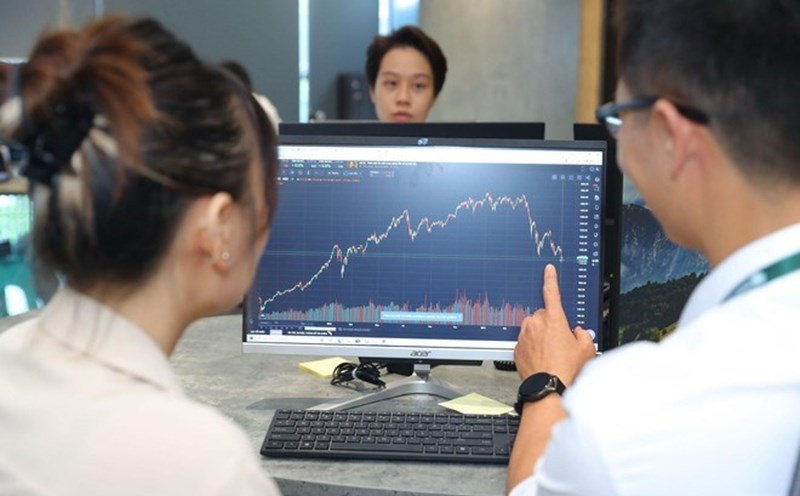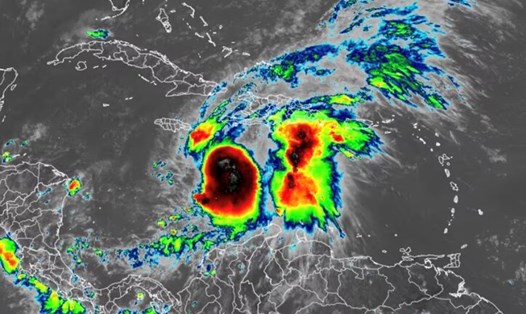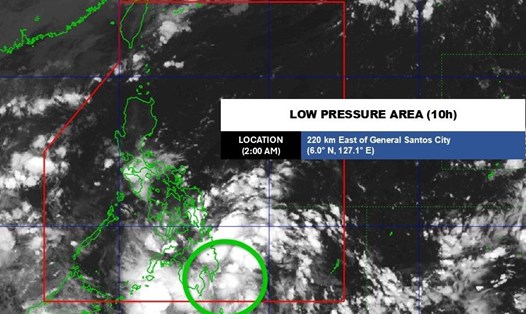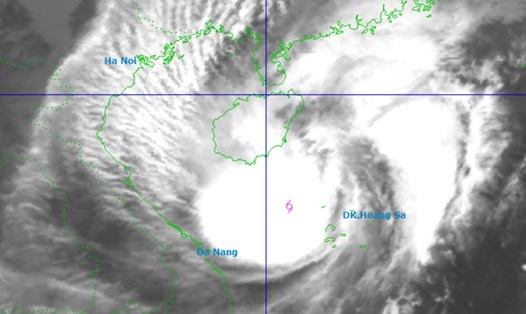Scientists have just warned that El Nino and La Nina, along with the ENSO neutral phase - a phenomenon causing global climate change, could enter a stronger and more dynamic phase than ever as the planet continues to heat up.
According to research published in Nature Communications, by around 2050, the tropical Pacific region may reach a "climate tipping point", causing ENSO to shift from erratic states to strong and steady fluctuations. As a result, low pressure, floods, droughts and extreme temperatures could occur more frequently.
In a warmer world, the Pacific Ocean could transition from a stable to unstable, says Professor Malte F. Stuecker, University of Hawaii. This is the first time we have clearly recognized this type of transformation in a complex climate model.
Research shows that stronger air-oc male interaction will cause ENSO to fluctuate in a rhythmic manner like a shaker in the future, but with a larger range.
According to Professor Axel Timmermann, Pusan National University (South Korea), ENSO could synchronize with other climate systems such as the North Atlantic Oceanographic (NAO) and Indian Oceanographic (IOD). Many climate shakes are starting to fluctuate at the same frequency, he said.
This synchronization will prolong extreme weather, especially in Southern California (USA), the Iberia Peninsula and tropical regions, causing consecutive extreme rain and severe droughts in a short period of time.
The team used the high-resolution AWI-CM3 model to simulate climate in the large emission scenario, showing that future ENSO fluctuations will be stronger and more even, leading to temperature fluctuations, storms and droughts globally.
ENSO can predict the future more accurately, but the accompanying impacts will be a huge challenge to humanity, causing greater damage due to increased frequency and intensity, warned Dr Sen Zhao, co-author.
For Vietnam, a country in the ENSO belt, this warning has special significance. El Nino often causes droughts, saline intrusion and water shortages; while La Nina increases flooding.
If ENSO moves to a state of dynamic with rhythm, Vietnam can face a more obvious drought and flood cycle, requiring early forecasting strategy, water resource management and smart climate agriculture to adapt in time.

